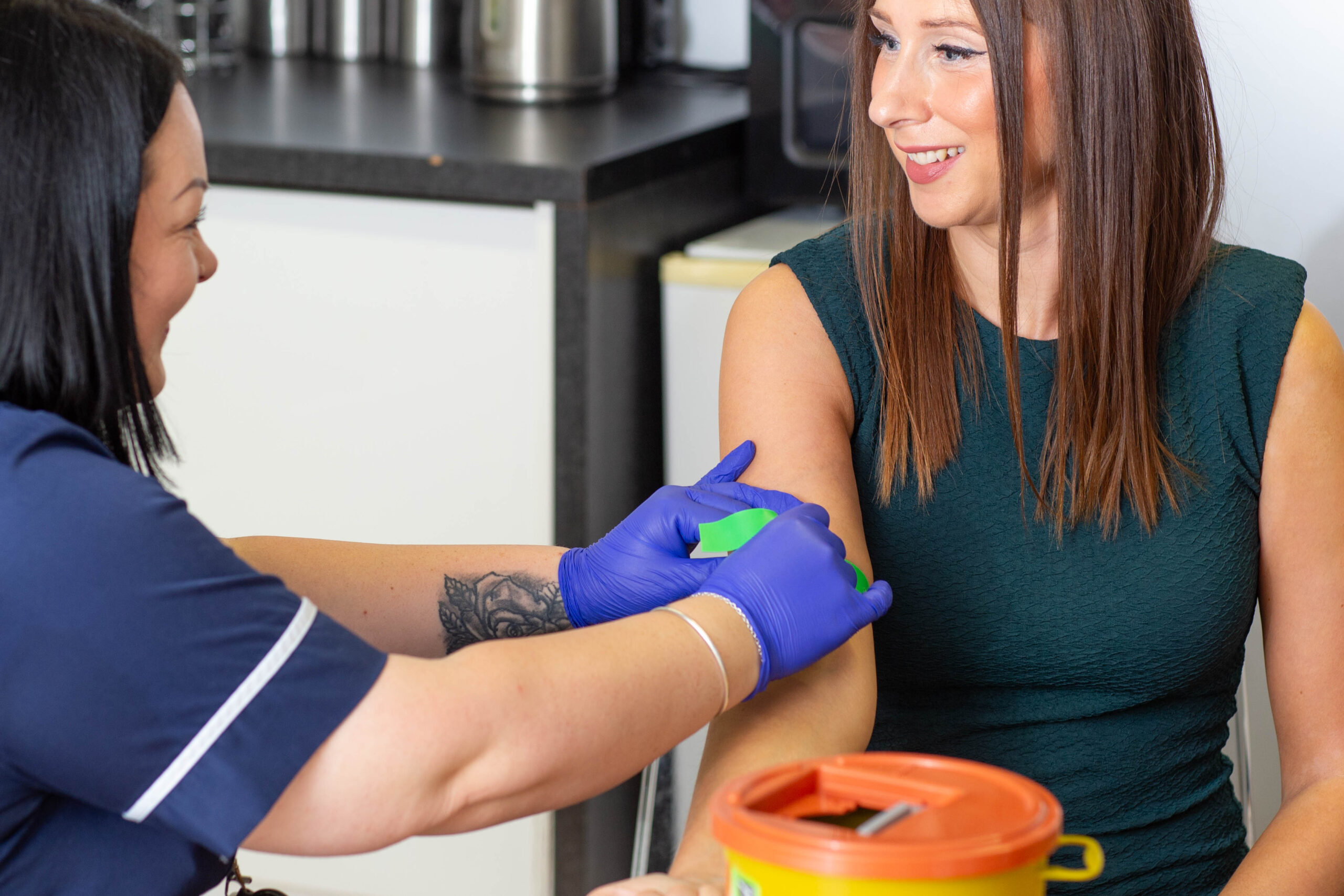
Blood alcohol tests
Testing for liver function, CDT and Peth
In addition to our hair drug and alcohol testing services, we also offer blood alcohol testing for alcohol use. Our blood testing is carried out in partnership with a UK laboratory to assess short term excessive alcohol use.
We offer blood test for alcohol, tests for liver function (LFT), carbohydrate deficient transferrin (CDT) and phosphatidylethanol (PEth).
No single test is able to provide a definitive assessment of alcohol use and so we recommend that hair alcohol testing is used in conjunction with either CDT and LFT or PEth blood tests.
Download our PDF quote form here
and email it to [email protected]
Why Lextox?
Sample collections by professionally trained phlebotomists.
Analysis results accepted by all UK courts, issued by Lextox in five – 10 working days or less.
Three different types of blood tests for an accurate interpretation.
A comprehensive picture of historic chronic excessive alcohol use when used in conjunction with hair alcohol testing.
Blood alcohol testing explained
Liver function testing (LFT)
A liver function test provides a snapshot of potential liver damage due to excessive alcohol use by monitoring biomarkers in the blood stream. Any damage to the liver alters the biomarkers in the blood stream allowing any impairment to be highlighted.
Carbohydrate deficient transferrin test (CDT)
CDT measures the percentage of the protein transferrin that is deficient in carbohydrate. Alcohol consumption can interfere with the binding of carbohydrate molecules to transferrin and so excessive alcohol use two to four weeks prior to the test can elevate levels of transferrin that is deficient in carbohydrate, making it a good marker to assess alcohol consumption.
Phosphatidyethanol (PEth)
PEth is a direct biomarker found in red blood cell membranes following alcohol consumption. This test isn’t affected by medication or health problems and provides a detection period of up to four weeks prior to sample collection.

Want more information or to book a collection?
